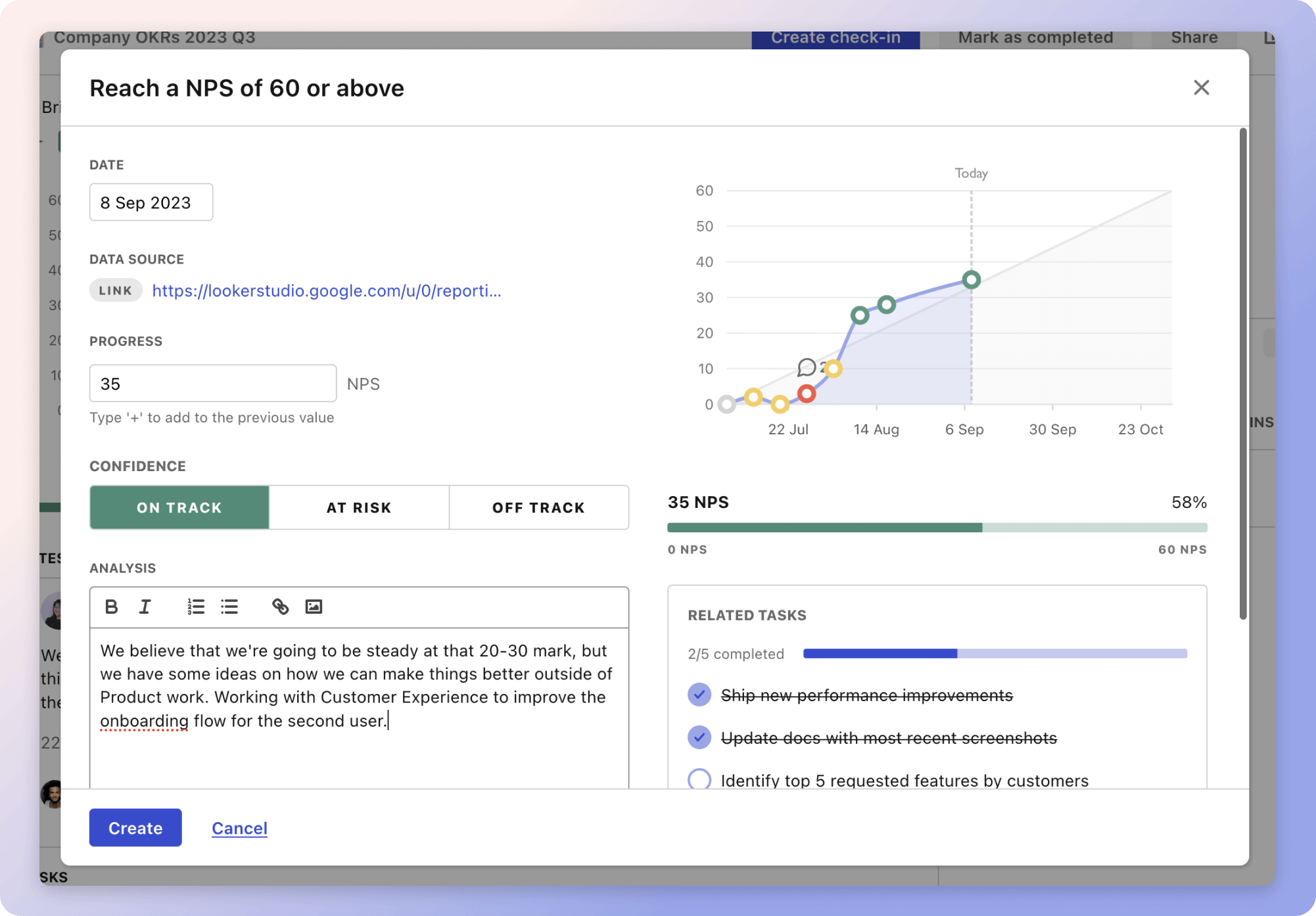The plan for "Conducting Routine Staff Training" aims to enhance staff skills and ensure compliance with procedures through a structured training program. The metrics used to evaluate this initiative are crucial for assessing both the effectiveness and efficiency of the training sessions.
For example, the "Training Completion Rate" metric ensures that a significant portion of the staff completes the training, with a benchmark of a 90% rate. If this target isn't met, suggestions like offering flexible training schedules can help bridge the gap. Similarly, "Training Knowledge Retention Rate" tracks the information retained by staff, supporting continuous learning with a benchmark of 70% retention.
Individual satisfaction with training is captured through the "Employee Feedback Score." Feedback helps improve future sessions, aiming for a 4 out of 5 rating. Lastly, managing budgets is essential; the "Training Cost Per Employee" metric ensures that costs remain at $200 per employee, encouraging cost-effective training solutions.
Top 5 metrics for Routine Staff Training
1. Training Completion Rate
The percentage of staff who successfully complete the required training sessions within a given period.
What good looks like for this metric: 90% completion rate
How to improve this metric:- Offer flexible training schedules
- Use engaging training materials
- Provide incentives for completion
- Ensure management support
- Track progress regularly
2. Training Knowledge Retention Rate
The percentage of information retained by staff over a period after completing training, typically measured through follow-up assessments.
What good looks like for this metric: 70% retention after 3 months
How to improve this metric:- Incorporate interactive techniques
- Provide summary materials
- Use regular follow-up assessments
- Apply knowledge in real-world tasks
- Encourage peer discussions
3. Procedure Compliance Rate
The percentage of staff correctly following standard operating procedures post-training.
What good looks like for this metric: 85% compliance rate
How to improve this metric:- Reinforce training regularly
- Conduct audits and provide feedback
- Simplify procedures
- Establish accountability measures
- Offer additional coaching for underperformers
4. Employee Feedback Score
The average satisfaction score obtained from employees regarding the training program.
What good looks like for this metric: 4 out of 5 rating
How to improve this metric:- Collect regular feedback
- Act on suggestions for improvement
- Ensure content relevance
- Maintain interactive sessions
- Provide opportunity for questions
5. Training Cost Per Employee
The total costs involved in training divided by the number of employees trained.
What good looks like for this metric: $200 per employee
How to improve this metric:- Utilise cost-effective online platforms
- Schedule group training sessions
- Leverage internal trainers
- Streamline resource usage
- Negotiate with vendors for better pricing
How to track Routine Staff Training metrics
It's one thing to have a plan, it's another to stick to it. We hope that the examples above will help you get started with your own strategy, but we also know that it's easy to get lost in the day-to-day effort.
That's why we built Tability: to help you track your progress, keep your team aligned, and make sure you're always moving in the right direction.

Give it a try and see how it can help you bring accountability to your metrics.